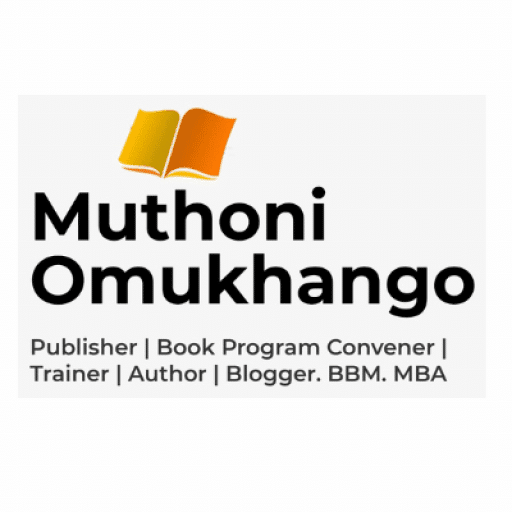Lesson 1
Beginning - Middle - End
Understand Story Structure (Beginning-Middle-End)
The simplest way to make sure you end up with this structure is by asking yourself the following questions:
- Beginning – What Was: the way things used to be. Whatever subject you are writing about, give your reader a perspective on how things used to be. This forms the background of your book the same way a thrilling novel’s plot would start. You should have covered this in the previous sections.
- Middle – What Happened: the event or situation that changed everything. Describe to your reader how things are in the current setting. What led to the current issues that you want to discuss. What are these issues?
- End – What Is: what things are like now after the change. Describe to your reader how the situation is or should be after the solutions you have offered in the previous point are implemented. This is your conclusion or statement that you want to leave the reader with.
Active or Passive Voice?
Immediately you open a book, you will notice if the writer used active or passive voice. Being able to maintain consistency during the writing phase causes trouble for many writers. You may have learned in school that you should avoid the passive voice because it is “weak.” However, depending on what you are writing about, the passive voice can be an appropriate, sophisticated, and even preferable choice over the active voice. Overall, the active voice is many times a far better choice because it is less wordy. You can use both in the same manuscript depending on the context and content. What is the main difference? The active voice emphasizes the person who performs an action (the actor) while the passive voice emphasizes the recipient of the action or sometimes the action itself. Here is an example:
- Active: “The writer wrote the manuscript.” – The emphasis here is the writer who wrote.
- Passive: “The manuscript was written by the writer.” – The emphasis here is the manuscript that was written.
Depending on what you want emphasis on, you can skillfully use both voices in your book writing with a bias for the active voice. Some examples of when you should use the passive voice in your manuscript include: when you want to emphasize on the recipient or action itself; if you do not want to name the actor or when it’s not important for the reader to know the actor. Try and use the active voice as much as possible to avoid wordiness in your manuscript.
Are There Rules For Chapter Length?
We do not have a right or wrong answer to this question. There are no written rules on what is good or bad for non-fiction books. You have to make your own decision about what works for your book. That being said, at this stage you should not be worried about the length of the book or of the chapters. You should be more concerned about the flow of ideas as you will have the opportunity in another step to perfect the length of your book to your desired preferences. It is also ok to have varied chapter lengths to give your reader dynamic expectations. What matters the most is that your ideas flow and that they are exhaustively covered in each chapter.
Assignment 5.0
Submit not less than two chapters of your book, starting with chapter 2.
Lesson 2: Biblical Inspiration For Authors
I see authors from Kenya and Africa as small Gideons. The Lord has called us to confront the wanting culture of writing and reading in our country and continent. We are sticking our necks out to fight the giants of the prevailing attitudes, that there are not many authors in Kenya; that Kenyans do not read; that all worthy reading books are from the western world.
Assignment 5.1 Read the article below and comment on the post link how your book will confront non-reading culture in your community/sphere of influence.
I see authors from Kenya and Africa as small Gideons. The Lord has called us to confront the wanting culture of writing and reading in our country and continent. We are sticking our necks out to fight the giants of the prevailing attitudes, that there are not many authors in Kenya; that Kenyans do not read; that all worthy reading books are from the western world.

